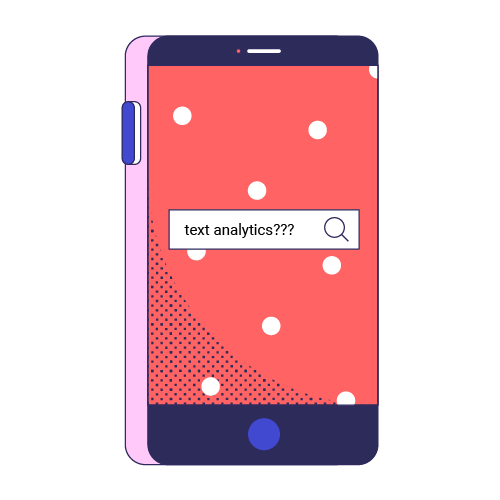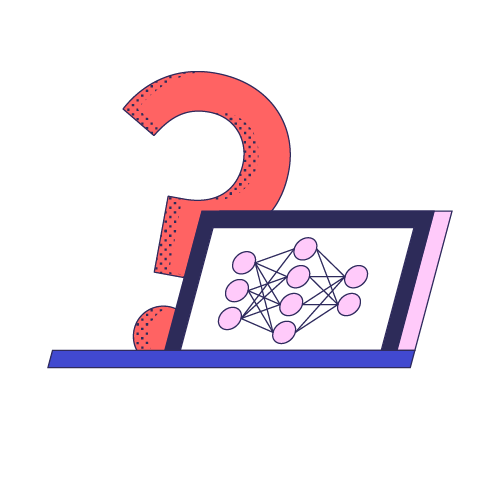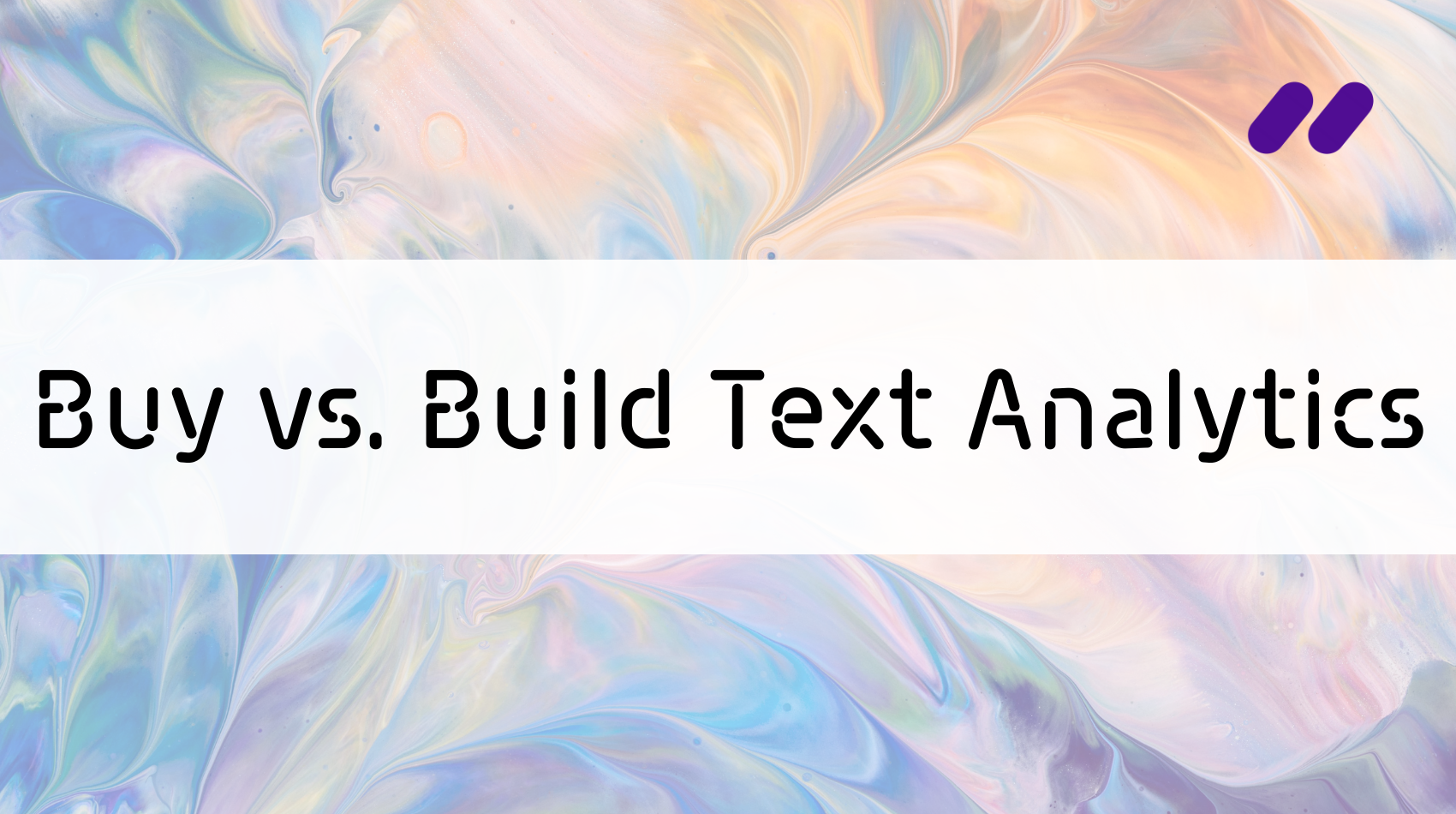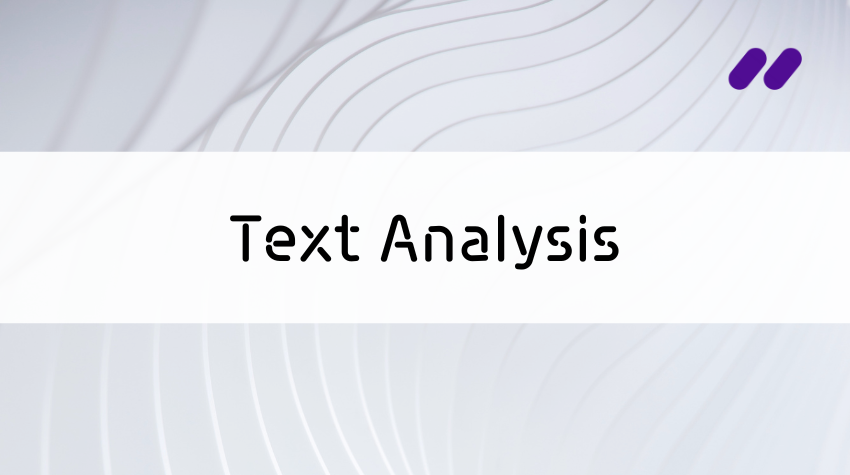Customer feedback isn’t always pretty. In form and in content, text-based feedback falls into the vast realm of “unstructured data,” packed with valuable information but difficult if not impossible for traditional data analysis to accurately parse. Thankfully, we’ve got AI tech like Keatext. Here, we’ll dive into what unstructured data comprises and why AI machine learning and deep learning is the answer to unravelling your customer feedback into useful data.

What is unstructured data?
In the context of Customer Relationship Management (CRM) and Customer Experience Management (CEM or CXM), unstructured data refers to customer feedback that does not “tick the box,” that is, it doesn’t fit a predefined model of organization. Usually presented in text form, unstructured data constitutes qualitative data, including emails, phone transcripts, comments, reviews and social media posts, as well as open-ended survey responses.

How does Keatext help us understand unstructured data?
The way people talk and write when casually expressing themselves would make few high school language teachers proud. When emotions are involved, we tend to be even less coherent and often end up sending mixed messages. This kind of feedback can be hard for industry professionals to understand, let alone for systems that rely on a finite list of predefined keywords and rules. Keatext’s AI technology is far more flexible. Unconcerned with whether or not the topics appear in a list, Keatext rapidly sifts through the text, including written interjections such as “um” and “aha” and other throwaway parts of speech, to accurately identify what matters most to customers.

What is text analytics?
In the context of customer experience management (CEM or CXM), text analytics is a software tool for extracting meaning from written customer feedback (unstructured data) so that relevant action can be taken. It can be used to analyze solicited market research (survey) answers or unsolicited feedback such as emails, reviews and social media posts.

Text analytics vs. text mining – is there a difference?
Text mining refers to the examination of natural language text, the term used for texts written by humans to express themselves. The purpose of text mining is to identify key concepts, themes and patterns in the text, which it capably does, though without taking the original context of the writing into account. By manipulating the concepts, themes and patterns that were identified, text analytics helps create understanding in decision-makers, which leads to solving business problems.

What is machine learning?
Machine learning is a type of artificial intelligence (AI). It refers to the ability of software to “learn by itself.” This means an application takes data that is fed into it, looks for patterns and discerns probability, then makes statements, decisions or predictions based on its findings. With feedback, it becomes more accurate over time.

What is deep learning?
Deep learning is a sub-field of machine learning. It refers to the ability of the algorithm to learn features and tasks directly from data. In other words, the algorithm learns by looking for structure in the data it receives. The more data it receives, the better it learns and the more accurate it becomes.

What type of machine learning does Keatext text analytics use?
Keatext uses unsupervised machine learning. This enables it to uncover unexpected outcomes. When supervised machine learning is used, the algorithm trains against known outcome examples and, in the words of one of Keatext’s clients, “finds what you’re looking for.” Keatext text analytics is not biased in this way. It finds what is there to be found or, as the same client said, “what you’re not looking for.”





